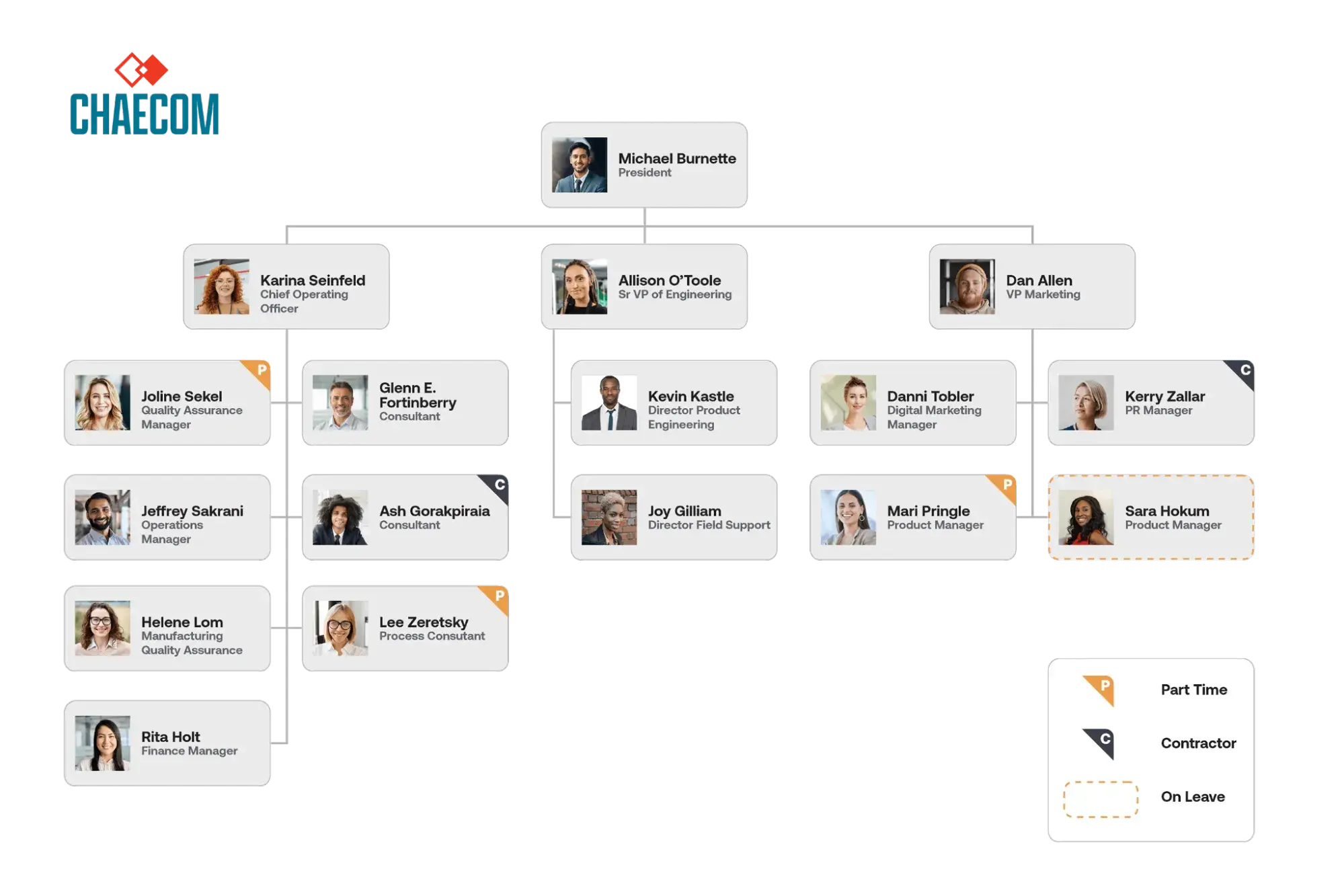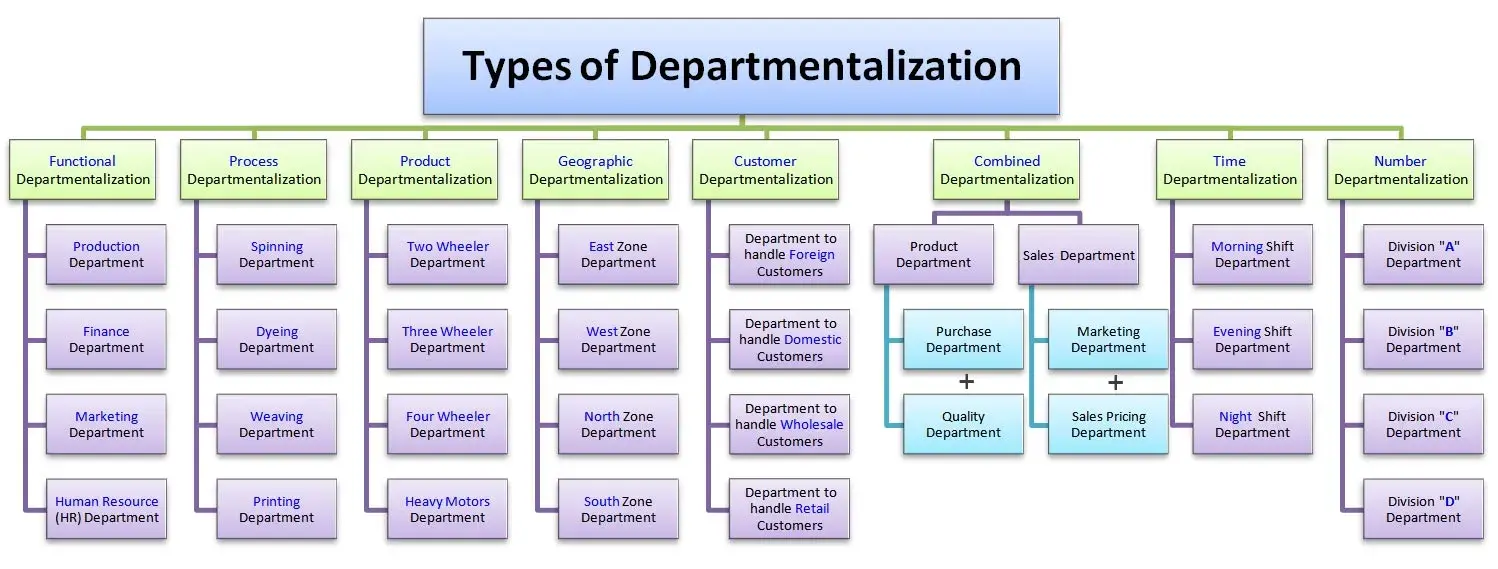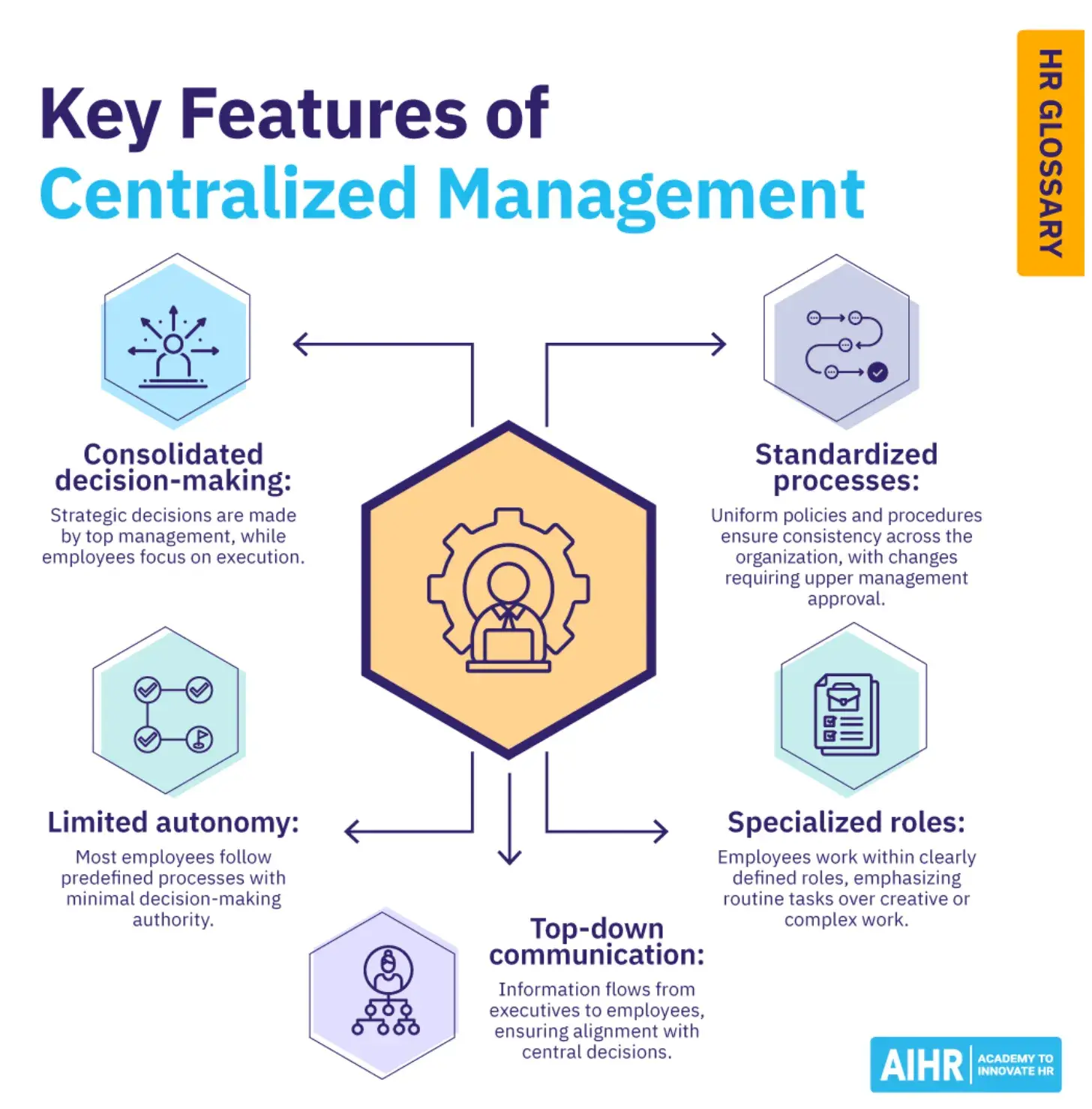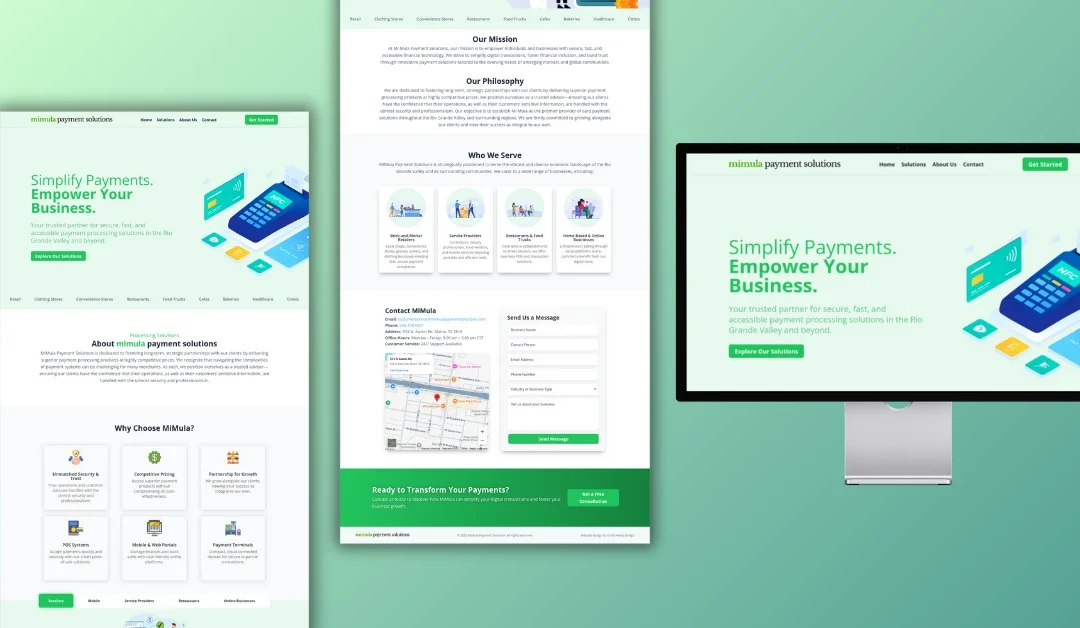The Perfect B2B Marketing Team Structure for Your Business
Ever felt like your marketing team is a disorganized puzzle, missing crucial pieces? Or maybe you’ve watched competitors zoom past you with slick strategies, while your team seems stuck in first gear? If you’re shaking your head, you’re not alone. Many small business owners in McAllen face the same frustration, especially when it comes to structuring a marketing team that drives growth. Let’s break it down!
Understanding Your Team Structure
Think of your team like a car engine. If every part is working harmoniously, you’ll speed ahead to your business goals. But if there’s a missing spark plug, you might stall out when it matters most. Your B2B marketing team structure needs to be functional now and adaptive for the future.
Why Does Structure Matter?
When your marketing strategy isn’t aligned with how your team is organized, you risk wasted time and missed opportunities. Just like you wouldn’t drive a car with a flat tire, don’t run a marketing campaign without a solid structure in place. Whether you’re focusing on web design, services, or using AI tools, having clarity on roles and responsibilities will set you up for success.
The Core Elements of Team Structure
Every successful marketing team has a few critical building blocks:
-
Chain of Command: Who’s calling the shots? A clear chain of command ensures everyone knows their role without worrying about stepping on someone else’s toes.
Best for: Traditional setups where defined authority enhances efficiency.
-
Departmentation: Clustering your team members by their strengths creates synergy. If everyone knows exactly which tasks belong to their department, coordination becomes seamless.
Best for: Companies that thrive on specialization to streamline workflows.
-
Span of Control: Determine how many employees report to one manager. Too few can limit growth, while too many could overwhelm leadership. Finding that sweet spot is key.
Best for: Organizations looking to balance workloads and enhance communication.
-
Centralization vs. Decentralization: Who makes the final call? Finding the right balance between having one centralized decision-maker or decentralized teams can affect how agile your marketing strategy is.
Best for: Companies navigating rapid market changes.
Choose the Right Structure for Your Needs
After laying that groundwork, let’s chat about what organizational structure might work best for you.
-
Functional Structure: Group everyone by like functions – marketing here, sales there. Perfect for those looking for specialization, especially in stable markets.
-
Divisional Structure: Have multiple products? This setup allows each product team to operate independently, which can boost focus and efficiency.
- Matrix Structure: This setup mixes different elements where employees have dual reporting lines. It’s excellent for flexibility but can lead to confusion if not managed well.
Real Talk: The Local Advantage
Here’s where Ericks Web Design shines. Based right here in the Valley, we understand the local market better than anyone. We know the struggles small businesses face—outdated websites, ineffective marketing strategies, and missed opportunities are all pain points we’ve helped clients overcome.
Our services span across web design, SEO, branding, and smart integrations. These custom-built solutions can transform how your business captures leads and builds reputation.
Why Invest in Your Online Presence?
As discussed by Forbes, businesses with updated online platforms see up to 55% more leads than those lagging behind. With tools like AI and automation at our disposal, you shouldn’t be left behind.
Time to Take Action!
Ready to ditch the chaos and elevate your online presence? Let’s get to work on a marketing structure that drives results. Schedule a call today, and let’s craft something that truly works for your business. No te quedes atrás—hit us up!
Source:
https://blog.hubspot.com/marketing/team-structure-diagrams














